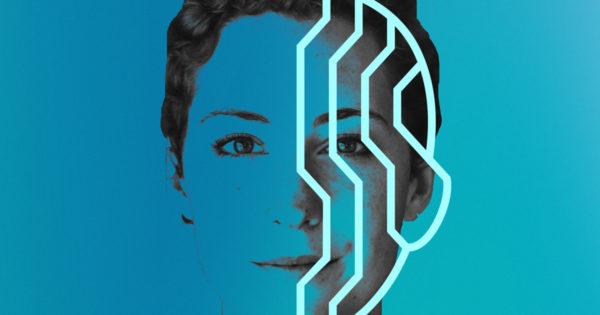Turns out, machines can bring more humanity to the conversations and interactions our brands are having every day. Leaders who are integrating AI’s objective curiosity and performance speed with human creativity and problem-solving are finding new sources of insights and value that benefit their teams, their businesses, and most of all, their customers.
The personalization imperative
An inescapable reality is that today’s customers expect—not just want, but now demand—new heights of personalization. This is as true in b-to-b marketing as it is in b-to-c. And our news feeds remind us every day that the pressure is on marketers to deliver.
According to a Commerce Next report, the vast majority of shoppers (71%) have positive associations with online retail brands that personalize products, offers and information. The report also shares that the youngest—and most digitally immersed—age demographic polled (ages 18-24) skews even higher on positive associations with personalization.
This is where AI-generated creative content enters the chat, along with its indispensable partner, AI-powered decision making. According to a new article from Boston Consulting Group, this combination could generate up to $800 billion worldwide in incremental revenue now through 2030 and as much as $200 billion for the Fortune 500 alone.
1:1 marketing, finally
Far from replacing human marketing professionals with impersonal bots, AI-generated content maximizes your creative team’s effort by micro-targeting messaging based on individual human behavior. And it starts with an email (or other creative output) from your team.

In the case of the Persado AI platform, the algorithm then divides the asset into its component parts, including headline, image, call to action and other elements. Then, it rearranges and tests the most effective sequence and position of those items for different user segments.
On top of that, the technology compares your provided text to its massive and growing database of words and phrases, which are tagged with a number of narrative angles, in order to generate all possible variations of the copy. From the potentially millions of possibilities, the technology will select a manageable number of alternatives to test and experiment with in real time. It’s like having countless A/B tests running simultaneously, driven by AI that can select the most effective variations for different customer segments; automatically roll out the best options (via email, web ads or in-app offers); and measure their performance along the way.
With AI and machine learning in their corner, creatives can put their best strategic effort into the original asset but are spared from having to generate dozens of different headlines, subject lines, and calls to action. Marketers no longer have to rely on intuition and guesswork to determine which versions will resonate the best and why. In fact, the technology can identify the specific factors (emotional appeal, positioning of elements, wording of the CTA) that made the difference in conversion.
In a case study from the BCG article, for example, a mobile telecommunications company used Persado’s AI language platform to generate an 83% increase in conversions and a 36% increase in engagement, compared to a control group using a traditional campaign. The AI even revealed that 69% of the uplift came from optimizing the emotional appeal, 17% came from the call to action and 14% came from rearranging the elements.
Now is the time, seriously
With personalization rising in strategic importance to the business—and bigger investments in data and digital having been made in the past two years—the pressure on marketing teams to uncover new sources of growth and deliver more predictable outcomes is palpable.
Any organization that gathers sizable quantities of first-party data and is progressing along their digitization journey can realize the benefits of AI-generated content and decision-making, regardless of industry or market sector. For those organizations at an earlier point in their journey, these technologies can catapult them beyond basic capabilities toward much more sophisticated personalization across the enterprise.
BCG reports that “AI creative content is seeing significant success in every channel in which short sequences of words are used to motivate people to action, including SMS, email, website and push marketing and more.” And the use cases are expanding by the day, from retail to travel, from financial services to insurance, from government PSAs to fundraising for nonprofits—any organization that knows it needs to personalize experiences to drive engagement.
As paradoxical as it may sound, today’s machine learning and AI platforms are providing marketers with the ability to honor millions of consumers’ individual humanity—by serving them personally relevant content at scale. Better language for humans, powered by machines—this may be mildly ironic, but is now entirely possible, for modern marketers.




